Sexually transmitted diseases (STDs) can manifest in various ways, and understanding their symptoms is crucial for timely detection and treatment. From subtle signs to more pronounced indicators, recognizing the diverse array of STD symptoms is essential for maintaining sexual health. This comprehensive guide explores the common and lesser-known manifestations of STDs, shedding light on the importance of awareness, regular testing, and open communication. Whether you’re seeking information for personal knowledge or to educate others, delve into the intricacies of STD symptoms to promote a healthier and more informed approach to sexual well-being.
Understanding STD Symptoms
Sexually Transmitted Diseases (STDs) are a diverse group of infections transmitted through sexual activity. From the well-known to the less conspicuous, STDs pose significant health risks, making awareness and recognition of their symptoms paramount.
What Are STDs? Unraveling the Complexity
STDs encompass a broad range of infections caused by bacteria, viruses, or parasites. From chlamydia and gonorrhea to HIV and syphilis, each presents unique challenges to sexual health. Understanding the nature of these diseases is crucial for effective prevention, diagnosis, and treatment.
Importance of Recognizing STD Symptoms: Early Detection for Better Health
Timely identification of STD symptoms is vital for preventing complications and reducing transmission rates. Awareness empowers individuals to seek medical attention promptly, fostering a proactive approach to sexual health. This section explores the significance of recognizing symptoms and the role it plays in fostering a healthier society.
The Role of Asymptomatic Infections: Silent Threats in Sexual Health
Not all individuals with STDs exhibit noticeable symptoms. Asymptomatic infections, where carriers show no outward signs, contribute to the challenge of controlling STD transmission. Delve into the complexities of asymptomatic infections and the implications for public health, highlighting the need for regular testing and communication in sexual relationships.
Embark on a journey through the intricacies of STD symptoms, understanding their varied presentations, and the critical role they play in shaping a safer and more informed approach to sexual well-being.
Common Signs of STDs: Decoding the Telltale Indicators
Exploring the diverse spectrum of sexually transmitted diseases (STDs) reveals a range of common symptoms that serve as crucial signals for individuals and healthcare professionals alike. This guide delves into the recognizable signs that can indicate the presence of STDs and emphasizes the importance of swift action for optimal health outcomes.
Overview of Common STD Symptoms: Recognizing the Red Flags
From genital discomfort and abnormal discharge to skin rashes and flu-like symptoms, understanding the common signs of STDs is pivotal. Unravel the intricacies of each symptom, providing clarity on what to look for and when to seek medical attention.
Physical Symptoms vs. Internal Infections: Unveiling the Complexity
STD symptoms aren’t always visible on the surface; some infections manifest internally. Delve into the complexities of distinguishing physical symptoms from internal infections, shedding light on the challenges healthcare professionals face in accurate diagnosis and treatment.
STD Symptoms in Men and Women: Gender-specific Manifestations
Explore the unique ways STDs can present in men and women. While some symptoms may overlap, certain infections exhibit gender-specific manifestations. This section provides insights into the distinct signs individuals may experience based on their gender, fostering a comprehensive understanding of STD symptomatology.
Early STD Symptoms: A Guide to Recognizing Initial Warning Signs
Unveiling the subtle yet crucial indicators of sexually transmitted diseases (STDs) during their early stages is paramount for swift intervention and optimal health outcomes. This comprehensive exploration delves into the significance of recognizing these initial warning signs, emphasizing the importance of proactive measures in the realm of sexual health.
Recognizing Early Warning Signs: Deciphering Subtle Clues
Early STD symptoms can often be discreet, ranging from mild discomfort to subtle changes in bodily functions. Unravel the intricacies of these initial warning signs, empowering individuals to discern the early stages of infection and take proactive steps towards seeking timely medical attention.
The Importance of Prompt Testing: A Key to Timely Intervention
Timely testing is a cornerstone in the management of STDs during their early phases. Understand the significance of prompt testing in preventing the progression of infections, reducing complications, and curbing the potential spread within communities. This section highlights the role of testing as a proactive measure for overall sexual well-being.
Contagiousness During Early Stages: Understanding Transmission Risks
The contagious nature of STDs is heightened during their early stages, making awareness crucial. Explore the dynamics of transmission risk during the initial phases of infection, shedding light on the importance of early detection not only for individual health but also for preventing the spread within intimate relationships and the wider community.
Specific Symptoms for Different STDs: A Comprehensive Overview
Understanding the distinct symptoms associated with various sexually transmitted diseases (STDs) is crucial for accurate identification, timely intervention, and effective management. This guide provides an in-depth exploration of the specific symptoms associated with notable STDs, empowering individuals with knowledge to navigate their sexual health confidently.
Symptoms of Gonorrhea, Chlamydia, and Syphilis
- Gonorrhea:
- Unusual genital discharge
- Pain or discomfort during urination
- Genital itching or soreness
- Throat or rectal infections in some cases
- Chlamydia:
- Abnormal genital discharge
- Painful urination
- Lower abdominal pain
- Rectal infections in cases of anal intercourse
- Syphilis:
- Painless sores or ulcers (primary stage)
- Skin rash and mucous membrane lesions (secondary stage)
- Neurological symptoms, organ damage (latent and tertiary stages)
Herpes, HPV, and Hepatitis STD Symptoms
- Herpes:
- Painful sores or blisters on or around genitals or mouth
- Flu-like symptoms during initial outbreaks
- Itching or tingling before the appearance of sores
- HPV (Human Papillomavirus):
- Genital warts
- Abnormal Pap smears in women
- Throat or oral lesions
- Hepatitis:
- Jaundice (yellowing of skin and eyes)
- Fatigue, nausea, and abdominal pain
- Dark urine and pale-colored stools
HIV and AIDS: Recognizing Signs
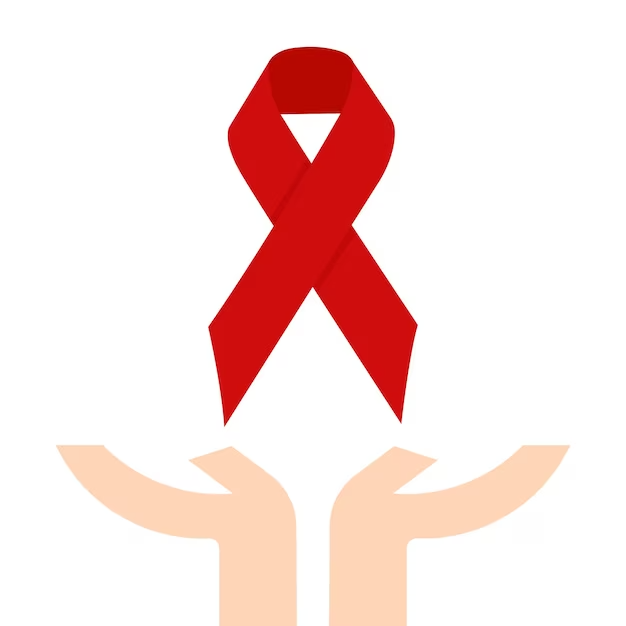
- HIV (Human Immunodeficiency Virus):
- Fever and fatigue
- Swollen lymph nodes
- Skin rash and oral sores
- Weight loss and night sweats
- AIDS (Acquired Immunodeficiency Syndrome):
- Persistent, severe infections
- Rapid weight loss
- Chronic diarrhea
- Neurological symptoms
When to Seek Medical Attention:

Navigating the realm of sexually transmitted diseases (STDs) requires a keen awareness of when to seek medical attention. This comprehensive guide outlines clear indications for immediate care, potential complications arising from untreated STDs, and the significance of testing and consultation in promoting individual and public health.
Indications for Immediate Medical Care
- Persistent or Severe Symptoms:
- Any persistent or severe symptoms, such as pain, discomfort, or visible signs like sores, should prompt immediate medical attention.
- Unexplained Genital Discharge:
- Unusual genital discharge, especially if accompanied by pain or changes in color, warrants prompt evaluation by a healthcare professional.
- Painful Urination or Intercourse:
- Pain during urination or intercourse may indicate an infection and should be addressed promptly.
- Visible Sores or Lesions:
- Any visible sores, lesions, or rashes on the genitals or mouth require immediate medical examination.
Potential Complications of Untreated STDs
- Pelvic Inflammatory Disease (PID):
- Untreated gonorrhea or chlamydia can lead to PID in women, causing fertility issues.
- Infertility:
- Some untreated STDs, like syphilis, can result in long-term complications affecting fertility.
- Increased HIV Transmission Risk:
- Having certain untreated STDs can increase the risk of transmitting or acquiring HIV.
- Organ Damage:
- Syphilis, if left untreated, can lead to severe complications, including damage to organs such as the heart and brain.
Testing and Consultation
- Regular Screening:
- Regular STD screening is essential for sexually active individuals, even in the absence of symptoms.
- High-Risk Behaviors:
- Individuals engaging in high-risk behaviors, such as unprotected sex with multiple partners, should consider more frequent testing.
- New or Multiple Partners:
- Testing is crucial when entering into a new sexual relationship or if there are multiple sexual partners.
- Post-Exposure Testing:
- After potential exposure to an STD, immediate testing and consultation with a healthcare professional are advised.
By recognizing indications for immediate medical care, understanding potential complications of untreated STDs, and prioritizing testing and consultation, individuals can take proactive steps to safeguard their sexual health and contribute to the prevention of STD transmission.
You may want to read : Defying the Bulge: Confronting Incisional Hernia
Testing and Diagnosis
Navigating the landscape of testing and diagnosis for sexually transmitted diseases (STDs) is essential for maintaining optimal sexual health. This guide provides insights into the types of STD tests available, the importance of confidentiality in testing centers, and what individuals can expect during the testing process.
Types of STD Tests Available
- Detects antibodies or the presence of the infectious agent in the blood. Common for HIV, syphilis, and hepatitis.
- Urine Tests:
- Screens for infections in the urinary tract or reproductive organs, commonly used for chlamydia and gonorrhea.
- Swab Tests:
- Involves collecting samples from genital, oral, or rectal areas using swabs. Used for herpes, gonorrhea, chlamydia, and HPV.
- Pap Smears:
- Primarily for detecting abnormal cells in the cervix due to HPV, aiding in the prevention of cervical cancer.
Confidentiality and STD Testing Centers
- Confidentiality Assurance:
- STD testing centers prioritize confidentiality to protect individuals’ privacy. Results are typically kept confidential and shared only with the patient.
- Anonymous Testing Options:
- Some centers offer anonymous testing, allowing individuals to be tested without providing personal information.
- Legal Protections:
- Legal safeguards are in place to ensure that STD testing results are not disclosed without the explicit consent of the individual being tested.
- Counseling Services:
- Many testing centers provide counseling services to address concerns, answer questions, and offer support during the testing process.
Getting Tested: What to Expect
- Pre-Testing Counseling:
- Before testing, individuals may receive counseling to understand the process, discuss risk factors, and address concerns.
- Sample Collection:
- Depending on the type of test, samples may be collected through blood, urine, or swabs from specific areas.
- Waiting Period:
- There is typically a waiting period for results, during which individuals may receive information on post-test behaviors and preventive measures.
- Post-Test Counseling:
- Post-test counseling helps individuals understand their results, discusses treatment options if needed, and provides guidance on preventing future infections.
Understanding the available tests, ensuring confidentiality, and knowing what to expect during the testing process empowers individuals to take charge of their sexual health. Regular testing is a proactive step toward early detection, treatment, and overall well-being.
Prevention and Safe Practices
Safeguarding against sexually transmitted diseases (STDs) involves adopting a comprehensive strategy that includes safe sex practices, vaccination, and access to educational resources.
Safe Sex Practices to Reduce STD Risk
- Consistent Condom Use:
Proper and consistent condom use during vaginal, anal, and oral sex can significantly reduce the risk of STD transmission.
- Limiting Sexual Partners:
Limiting the number of sexual partners reduces exposure to potential infections and lowers the risk of contracting STDs.
- Communication and Disclosure:
Open communication with sexual partners about STD testing, history, and concerns fosters a healthier and more informed sexual environment.
- Regular STD Testing:
Regular testing, especially for individuals with multiple or new sexual partners, enables early detection and timely intervention.
Importance of Vaccination
HPV vaccination is crucial for preventing certain strains of the virus that can lead to genital warts and various cancers, including cervical cancer.
- Hepatitis B Vaccination:
Vaccination against Hepatitis B reduces the risk of liver infections and complications associated with this viral infection.
Read also : Unmasking Hepatitis B in the UAE (Prevalence and Prevention
- Future Vaccines:
Ongoing research aims to develop vaccines for other STDs, providing additional tools for prevention.
Educational Resources for STD Prevention
- Community and Online Resources:
Access to reliable information through community health centers, online platforms, and reputable health organizations enhances awareness.
- School and Workplace Programs:
Comprehensive sexual health education programs in schools and workplaces contribute to informed decision-making and prevention.
- Counseling Services:
Counseling services, available at healthcare facilities and community centers, offer support and guidance on safe practices and prevention strategies.
- Peer Education Programs:
Peer-led initiatives can be effective in disseminating information and promoting responsible sexual behavior within communities.
FAQs:
What is the most common STD in the UAE?
The most common sexually transmitted infection in the UAE is Human Papillomavirus (HPV). It’s essential to note that the prevalence of specific STDs can vary over time, and public health information may change.
Can you test for STD in UAE?
Yes, STD testing is available in the UAE. Individuals can seek testing and consultation at healthcare facilities, clinics, or designated testing centers. Medical professionals can provide guidance on the appropriate tests based on individual circumstances.
Which STD is not allowed in UAE?
The UAE, like many countries, has strict regulations regarding the disclosure of certain infectious diseases, including HIV/AIDS. While testing for HIV is available, it’s crucial to be aware of and adhere to the country’s legal and health regulations concerning STDs.
What are 5 common symptoms of an STD?
Common symptoms of STDs can vary, but here are five general symptoms that may indicate a potential infection:
- Unusual Genital Discharge:
Changes in color, consistency, or odor of genital discharge.
- Painful Urination:
Discomfort or pain during urination can be a symptom of various STDs.
- Genital Sores or Lesions:
Presence of sores, blisters, or ulcers on or around the genital area.
- Itching or Irritation:
Persistent itching or irritation in the genital, anal, or oral regions.
- Flu-like Symptoms:
Symptoms such as fever, fatigue, and body aches can sometimes accompany STD infections.
It’s crucial to note that many STDs can be asymptomatic or exhibit mild symptoms. Regular testing, especially for individuals with multiple or new sexual partners, is essential for early detection and timely intervention.


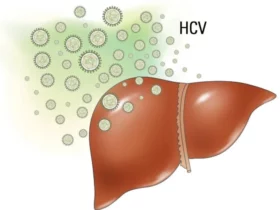
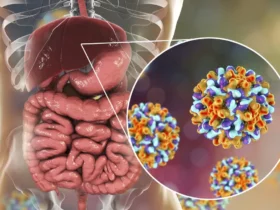

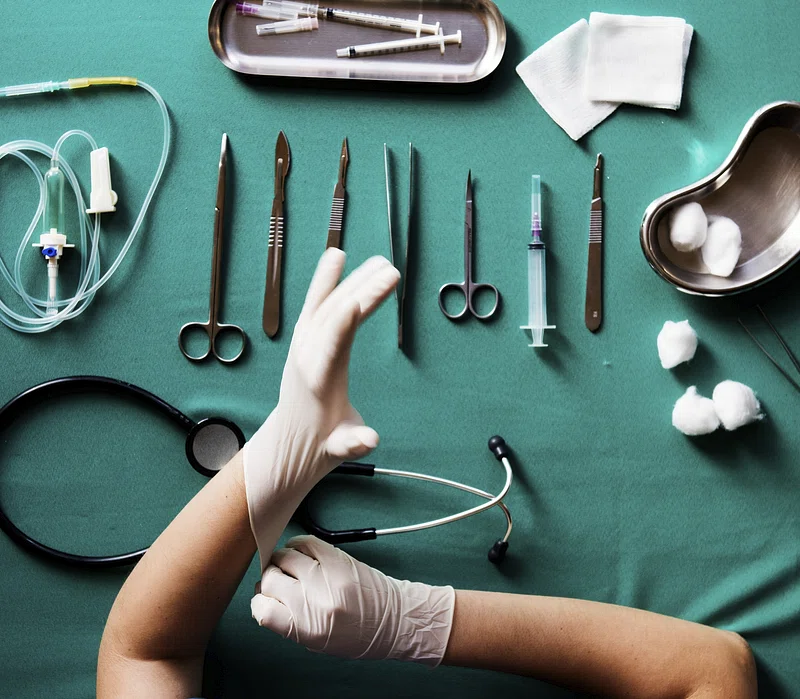
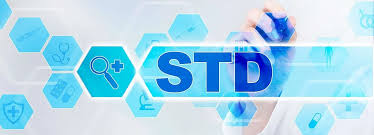
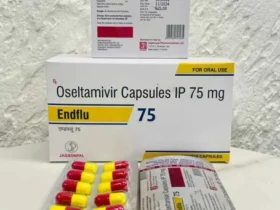
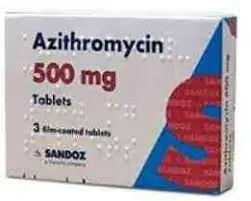
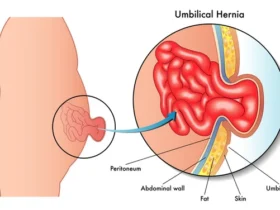
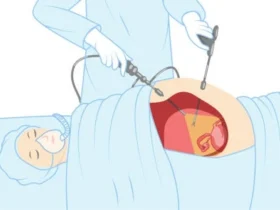
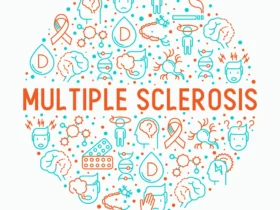
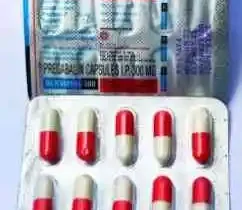

Leave a Reply